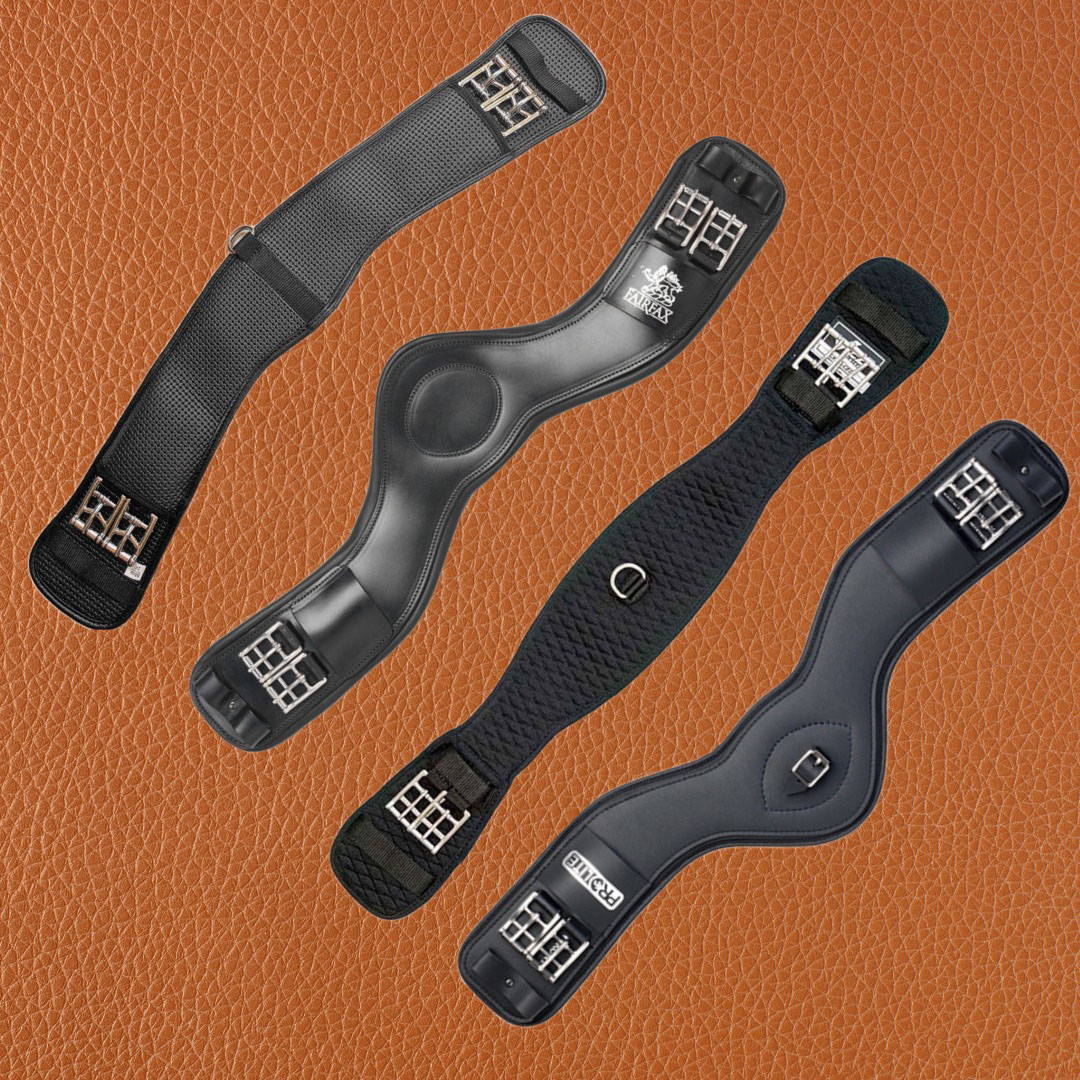
The Importance of Ergonomic Girths for Optimal Saddle Fit
Achieving a proper saddle fit is crucial for the comfort and well-being of your horse during riding sessions. While riders often prioritize the saddle itself, another key component that significantly impacts saddle fit is the girth. In recent years, the importance of ergonomic girths has gained recognition among equestrians. In this blog post, we will delve into the significance of ergonomic girths in attaining optimal saddle fit and how they contribute to your horse's performance and overall comfort.
1. Enhanced Pressure Distribution:
Ergonomic girths are designed with the horse's anatomy in mind. These girths are shaped and contoured to follow the natural contours of the horse's body, particularly around the sensitive areas of the elbow and sternum. By conforming to the horse's shape, ergonomic girths help distribute pressure more evenly along the girth line, reducing the risk of discomfort, rubbing, and soreness.
2. Improved Freedom of Movement:
Traditional girths can sometimes restrict the horse's movement by impeding the natural extension of their shoulder blades. In contrast, ergonomic girths are often designed with a cut-back shape or a curved design at the elbow area. This allows for greater freedom of movement and enables the horse to stride more efficiently, contributing to enhanced performance, fluidity, and overall comfort.
3. Minimized Risk of Pinching and Chafing:
Ill-fitting girths can create pressure points, causing pinching or chafing on the horse's skin. Ergonomic girths are specifically designed to reduce the risk of such issues. They may feature padding or cushioning along the girth surface to provide extra comfort and protection against rubbing or friction. The thoughtful construction of ergonomic girths ensures that they contour to the horse's body without causing unnecessary irritation.
4. Optimal Stability and Balance:
A secure and well-balanced saddle is essential for both the rider and the horse. Ergonomic girths contribute to stability and balance by providing a secure attachment point for the saddle. These girths are often designed with wider panels or additional support systems, such as anatomically shaped padding or elastic inserts. By minimizing saddle movement and maintaining proper alignment, ergonomic girths enhance the rider's stability and ensure the horse's comfort throughout various riding activities.
5. Customization and Material Selection:
Ergonomic girths come in a variety of designs, allowing for customization based on your horse's specific needs and conformation. Some girths offer adjustable features, such as interchangeable padding or adjustable buckles, to accommodate individual variations in body shape. Additionally, ergonomic girths are available in a range of materials, including breathable synthetic fabrics, flexible neoprene, or high-quality leather, providing options that suit different preferences and disciplines.
Conclusion:
Investing in an ergonomic girth can significantly contribute to achieving optimal saddle fit and promoting the well-being of your horse. By focusing on pressure distribution, freedom of movement, minimizing pinching and chafing, and providing stability and balance, these girths address key elements of saddle fit. Furthermore, the ability to customize and choose from a variety of materials ensures that you can find an ergonomic girth that best suits your horse's needs. Embrace the benefits of ergonomic girths and give your horse the comfort and support they deserve for a more enjoyable and successful riding experience.
